Roger's Gardens And The Five Crowns Complete The Celebration
Old age consists of ages nearing or surpassing the average life span of human beings, and thus the end of the human life cycle. Euphemisms and terms for old people include seniors (American usage), Senior Citizens (British and American usage), or the elderly. As occurs with almost any definable group of humanity, some people will hold a prejudice against others — in this case, against old people. This is one form of ageism.
Old people have limited regenerative abilities and are more prone to disease, syndromes, and sickness than other adults. For the biology of ageing, see senescence. The medical study of the aging process is gerontology, and the study of diseases that afflict the elderly is geriatrics


Sue waits for Santa

She found Santa

Santa likes to fool around
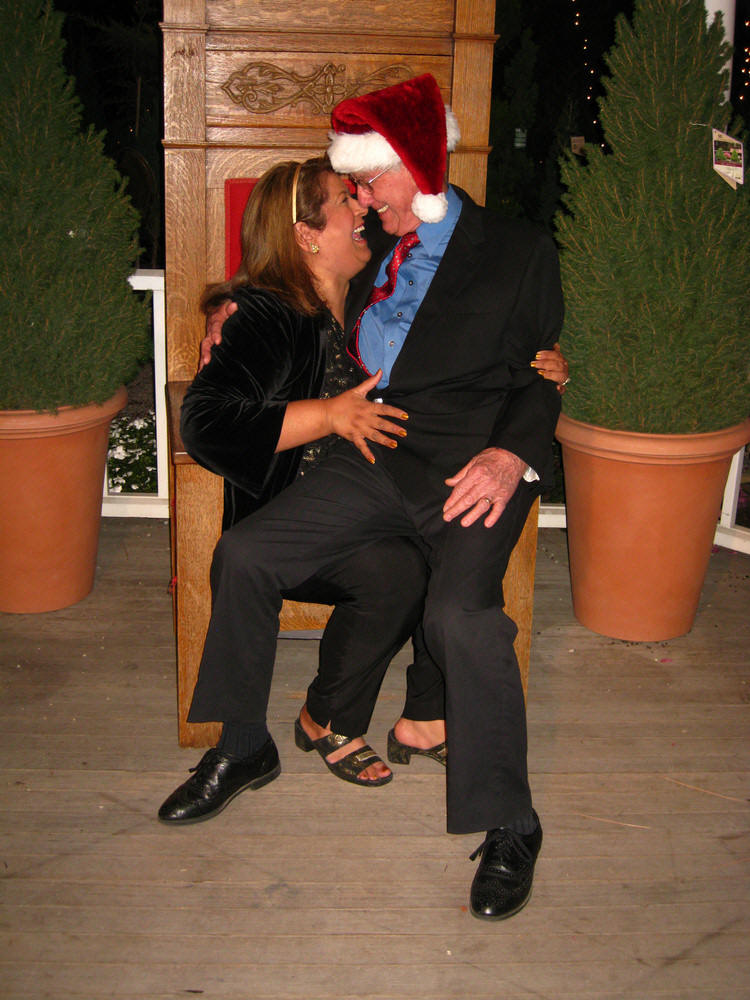
Be a good girl Vicky!
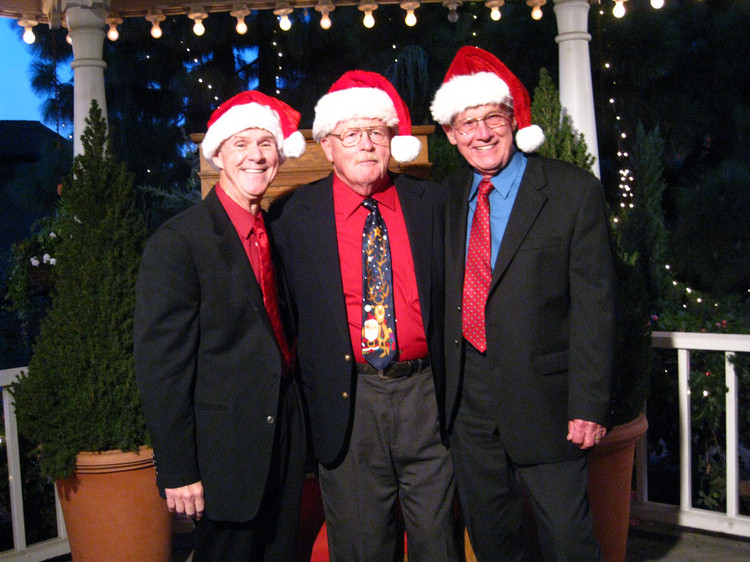
The Three Wise Men
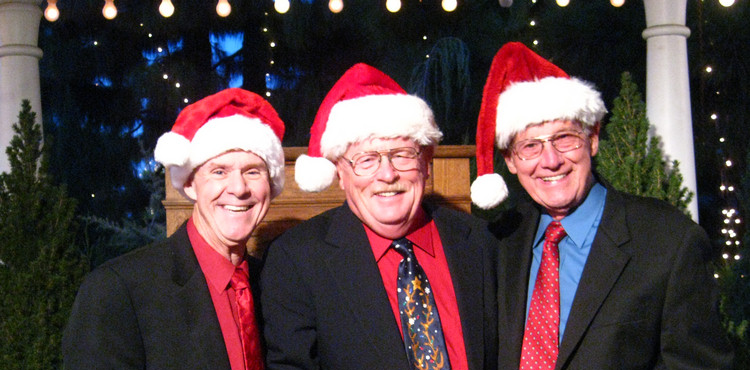
Smiles everywhere

Thanks to a nice passerby we got everyone in the picture
The Toadstool Story
Did you know? - The terms "Mushroom" and "Toadstool" go back centuries and were never precisely defined, nor was there consensus on application. The term "toadstool" was often, but not exclusively, applied to poisonous mushrooms or to those that have the classic umbrella-like cap-and-stem form. Between 1400 and 1600 A.D., the terms tadstoles, frogstooles, frogge stoles, tadstooles, tode stoles, toodys hatte, paddockstool, puddockstool, paddocstol, toadstoole, and paddockstooles sometimes were used synonymously with mushrom, mushrum, muscheron, mousheroms, mussheron, or musserouns.
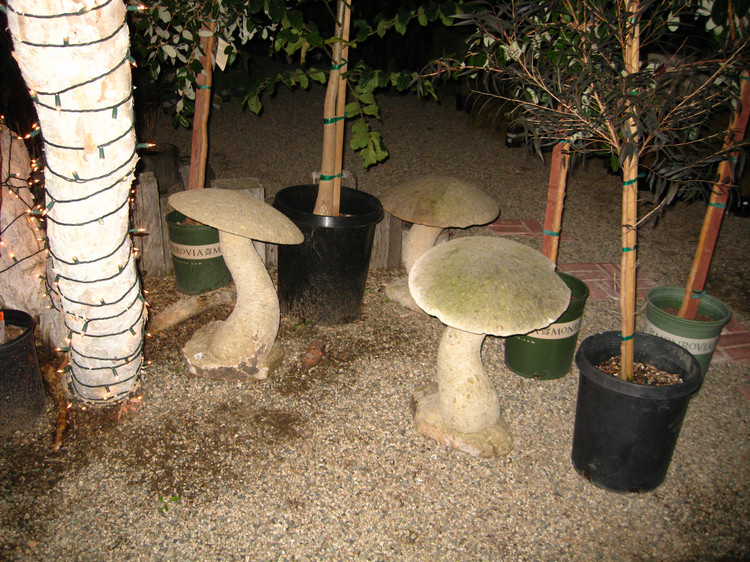
The girls spotted the toadstools sitting quietly by the walkway

As if by magic the Santa hats appear beconing them closer

The girls plant a big one on the toadstools
Did you know? - A kiss is the touching of one's lips to another person or object, used to express love, passion, affection, respect, greeting, and good luck. The word comes from Old English cyssan "to kiss", in turn from coss "a kiss". Kissing in Western cultures is a fairly recent development and is rarely mentioned even in Greek literature. In the Middle Ages it was considered a sign of refinement of the upper classes.
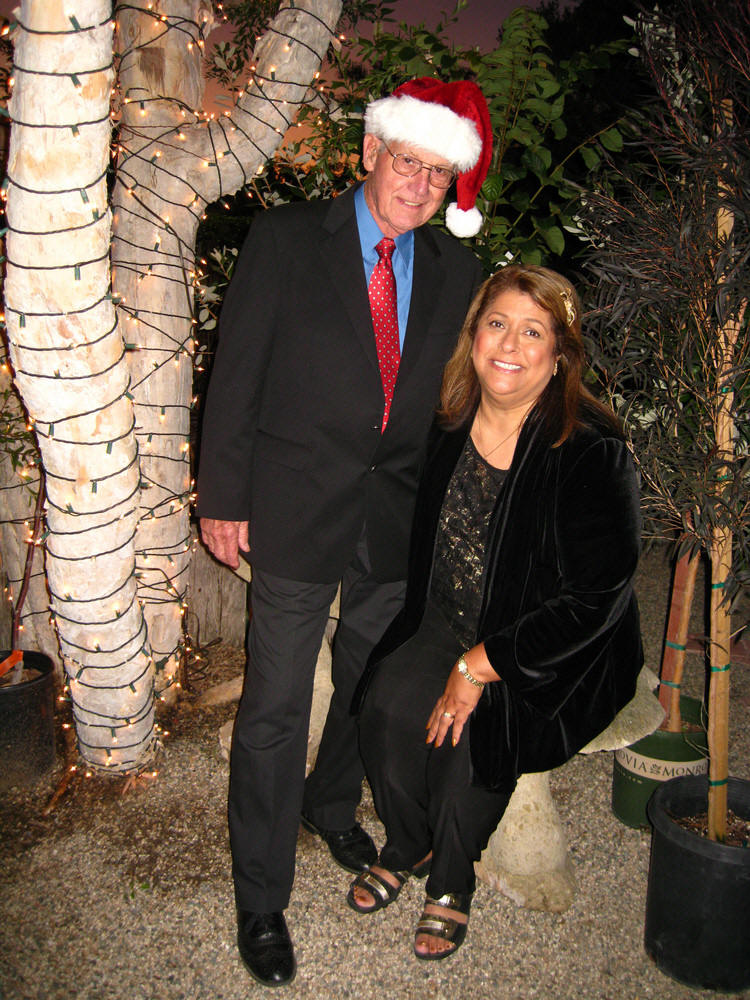
Poooof! Vicky gets the first Toad

Poooof Sue get's Toad Number Two
Oh Oh There At It Again
Did you know? - The three wise monkeys (Japanese: 三猿, san'en or sanzaru, or 三匹の猿, sanbiki no saru, literally "three monkeys") are a pictorial maxim. Together they embody the proverbial principle to "see no evil, hear no evil, speak no evil".
The three monkeys are Mizaru, covering his eyes, who sees no evil; Kikazaru, covering his ears, who hears no evil; and Iwazaru, covering his mouth, who speaks no evil.
Sometimes there is a fourth monkey depicted with the three others; the last one, Shizaru, symbolizes the principle of "do no evil". He may be shown covering his abdomen or genital area, or crossing his arms.
There are various meanings ascribed to the monkeys and the proverb including associations with being of good mind, speech and action. In the western world the phrase is often used to refer to those who deal with impropriety by looking the other way, refusing to acknowledge it, or feigning ignorance
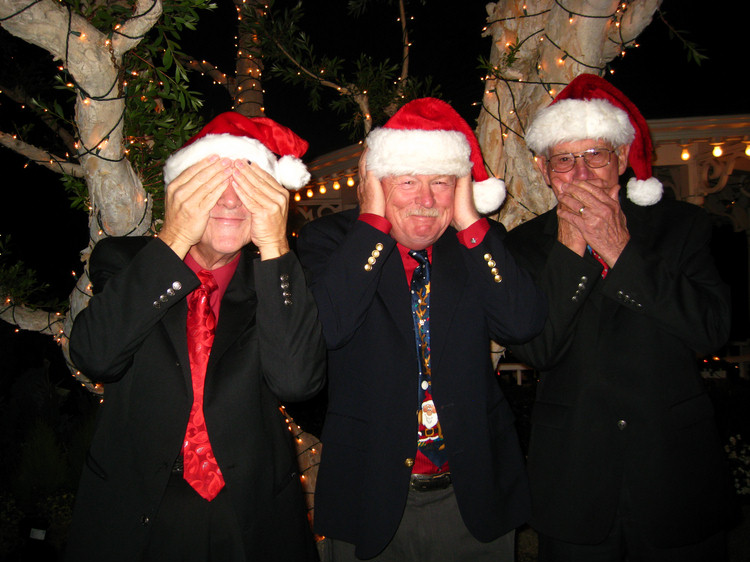
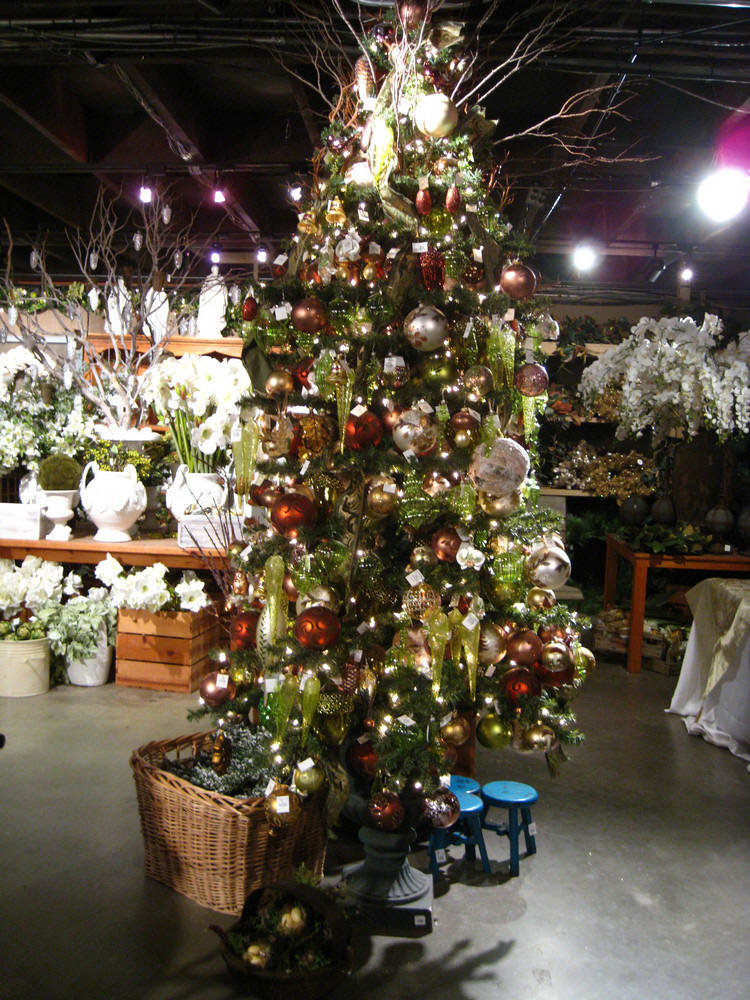
Back inside where it is warm
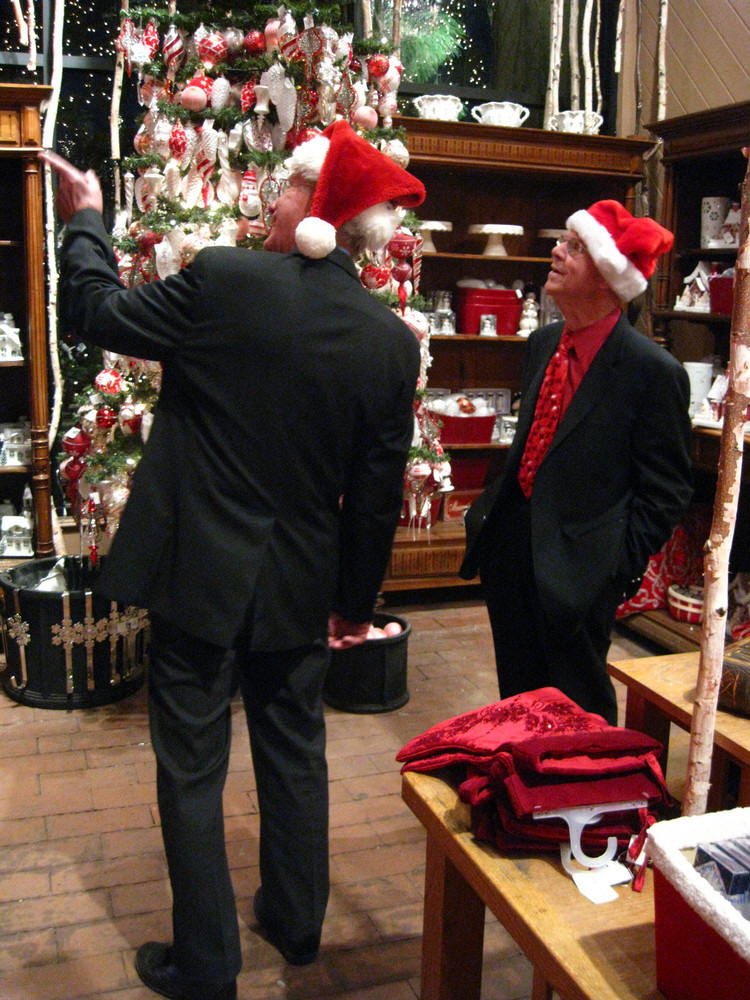
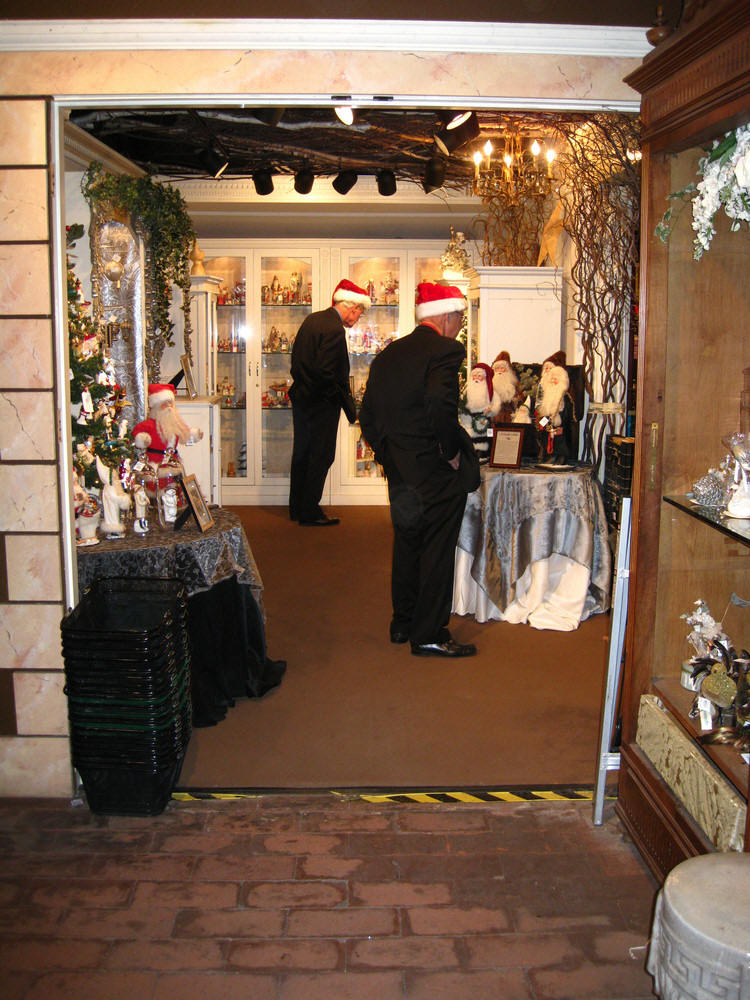


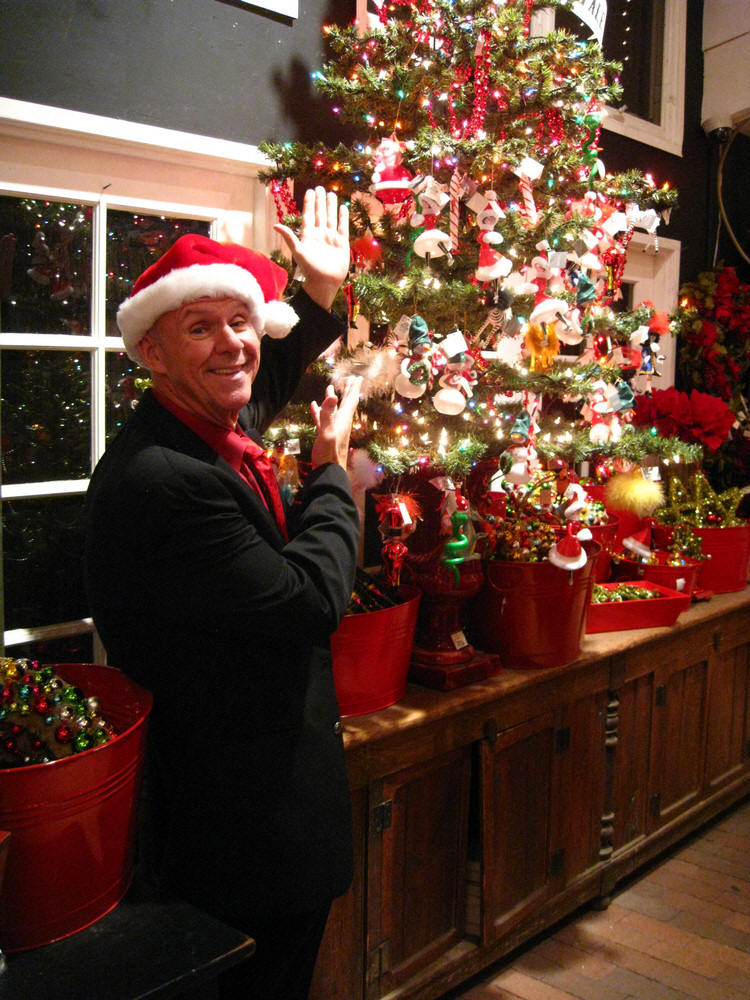
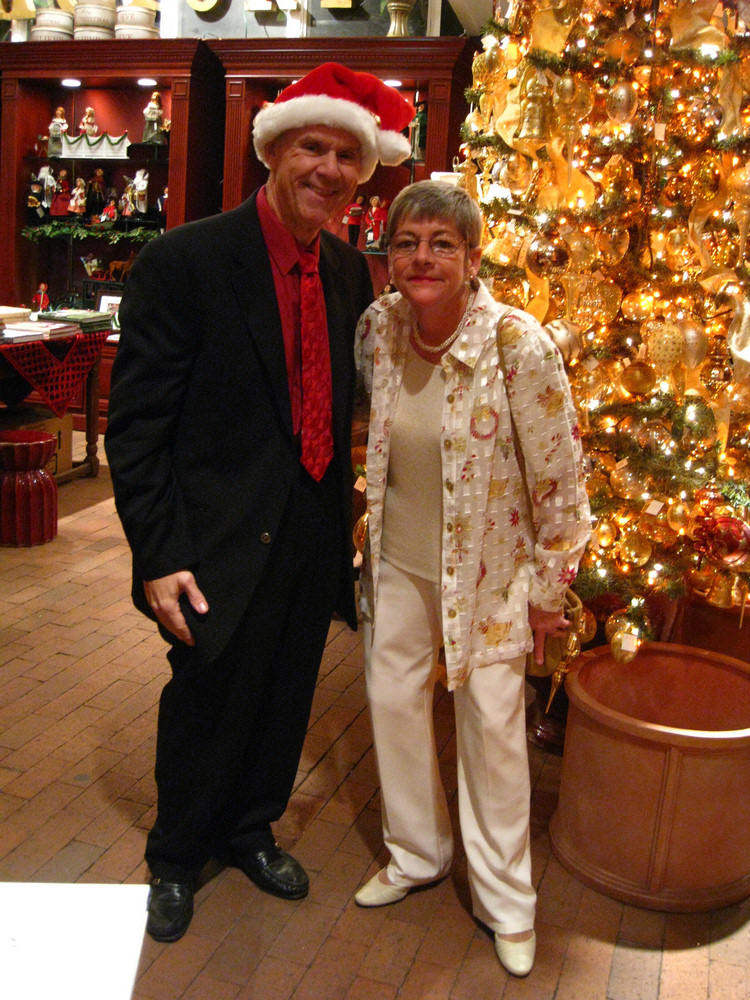


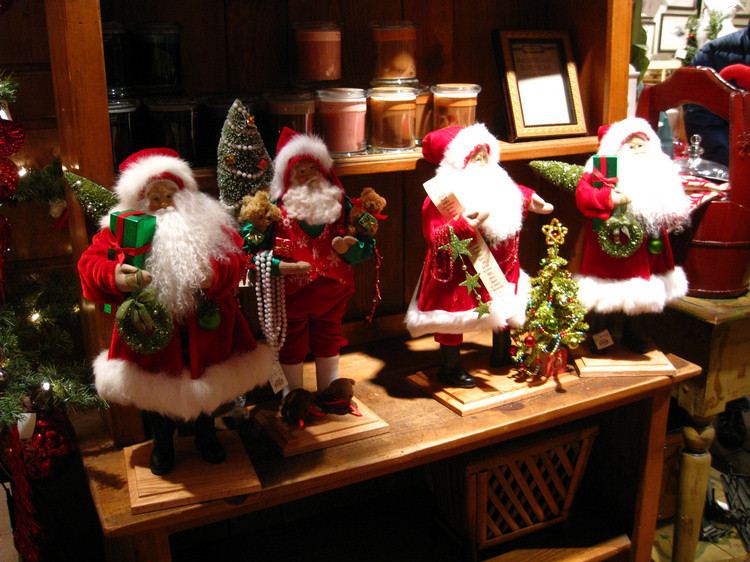
Five Crowns
In 1965, the Frank and Van de Kamp families, famous for their restaurant innovations of Lawry's The Prime Rib and Tam O'Shanter Inn, undertook the development of yet another enduring legend. Inspired by a love for English country inns, Richard N. Frank spearheaded the recreation of England's oldest country inn, Ye Olde Bell (est. 1135 A.D.), and named it Five Crowns. The magic of Five Crowns' English character is reflected in both its fine food and enchanting décor. Heavy wood paneling, antique furnishings, cozy fireplaces and attentive staff capture the romantic spirit of Olde England. The atmosphere is inviting, the service impeccable. From fine china, pristine linens and sparkling crystal, no detail is overlooked.

In the daylight

Did you know? - The boundary between middle age and old age cannot be defined exactly because it does not have the same meaning in all societies. People can be considered old because of certain changes in their activities or social roles. Examples: people may be considered old when they become grandparents, or when they begin to do less or different work — retirement.
In the USA, and the United Kingdom, the age of 65 can be considered the beginning of old age[by whom?] because, until recently, United States and British people became eligible to retire at this age with full Social Security benefits. In 2003, the age at which a US citizen became eligible for full Social Security benefits began to increase gradually, and will continue to do so until it reaches 67 in 2027

Did you know? - In antiquity, publicans (Latin publicanus (singular); publicani (plural)) were public contractors, in which role they often supplied the Roman legions and military, managed the collection of port duties, and oversaw public building projects. In addition, they served as tax collectors for the Republic (and later the Roman Empire), bidding on contracts (from the Senate in Rome) for the collection of various types of taxes. Importantly, this role as tax collectors was not emphasized until late into the history of the Republic (c. 1st century BC). The publicans were usually of the class of equites.
By the time of the Renaissance, the word "publican" meant a tavernkeeper (the licensed landlord of a public house), and by extension a slang term for a pimp.
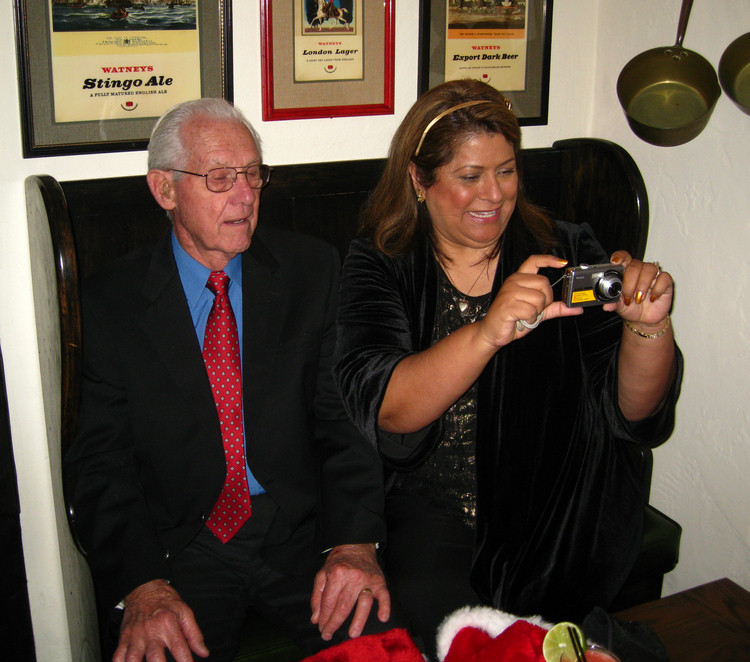


Entertainment
Did you know? - Change ringing is the art of ringing a set of tuned bells in a series of mathematical patterns called "changes". It differs from many other forms of campanology (such as carillon ringing) in that no attempt is made to produce a conventional melody.
Today, change ringing can be found all over the world, performed in a variety of media; but it remains most popular in the context where, in the 17th century, it developed: English church towers. These typically contain a few large bells rigged to swing freely: a ring of bells.
The considerable inertias involved mean that each bell usually requires its own ringer. Thus, contrasted with a carillon, in which a large number of bells are struck by hammers, all tied in to a central framework so that one carillonneur can control them all, a set of such bells is comparatively unwieldy— hence the emergence of permutations rather than melody as an organizing principle.
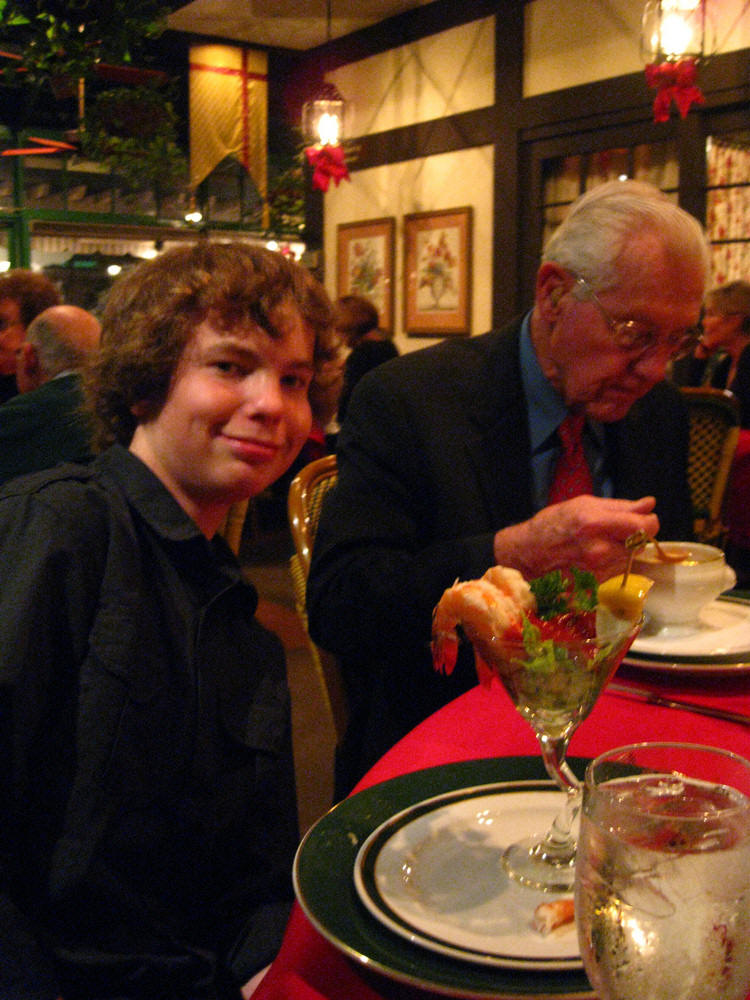
Did You Know? - Prawn cocktail or shrimp cocktail is a seafood dish consisting of cooked, peeled, and chilled shrimp or prawns, served on a bed of crisp lettuce, topped with cocktail sauce (made from a mixture of ketchup and mayonnaise, (ketchup and horseradish in the United States)), usually served as an hors d'œuvre.
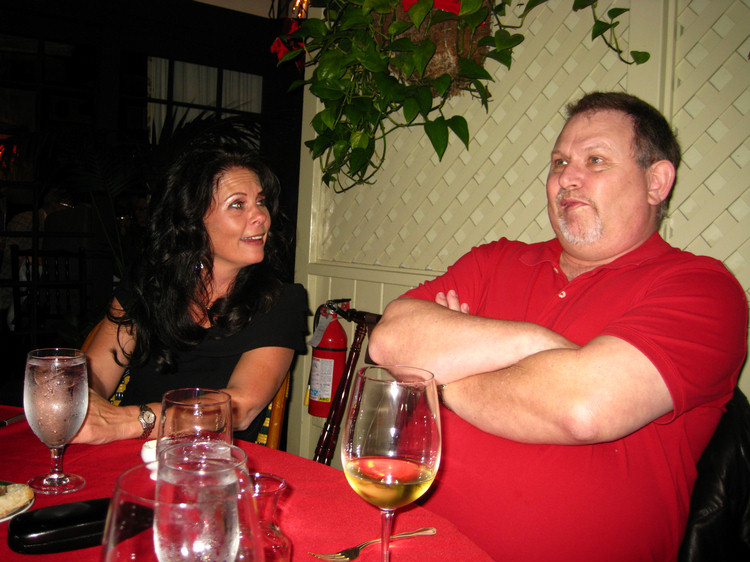



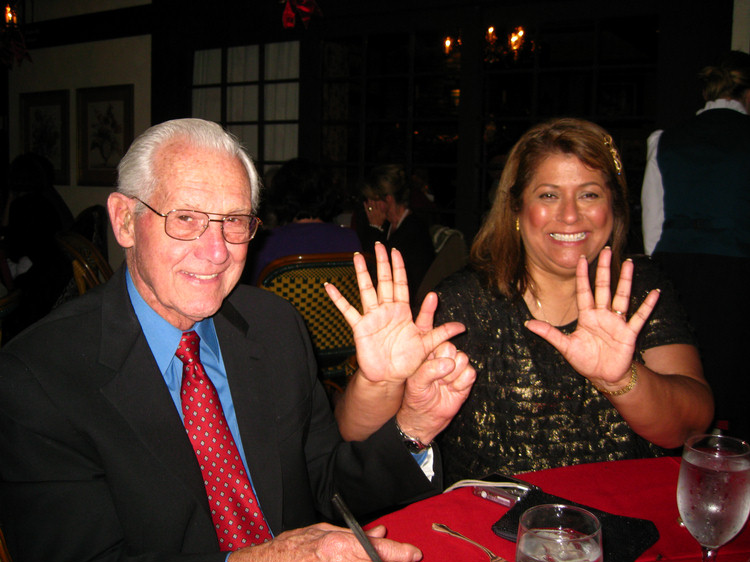
They need thirteen hands to sh
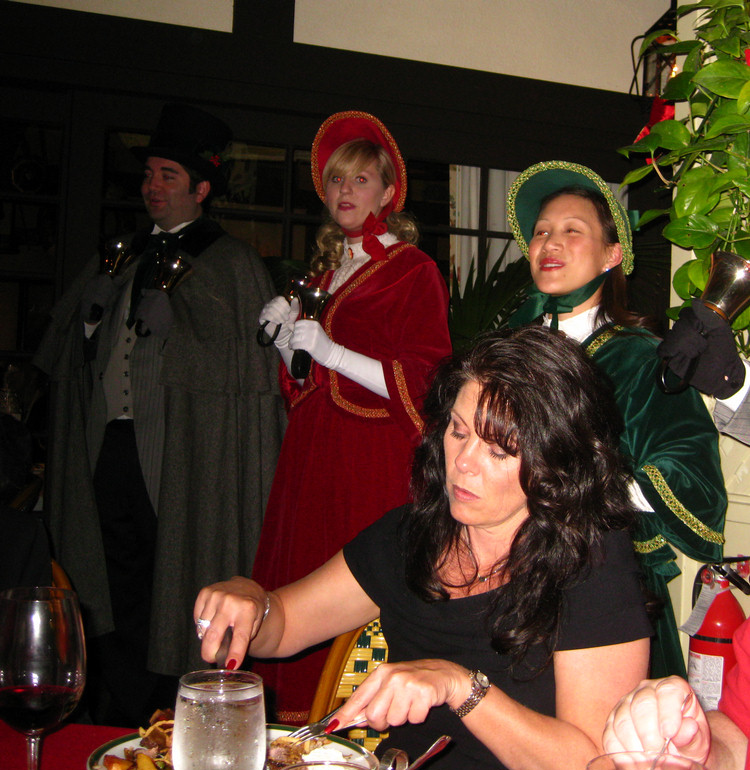



My birthday cake
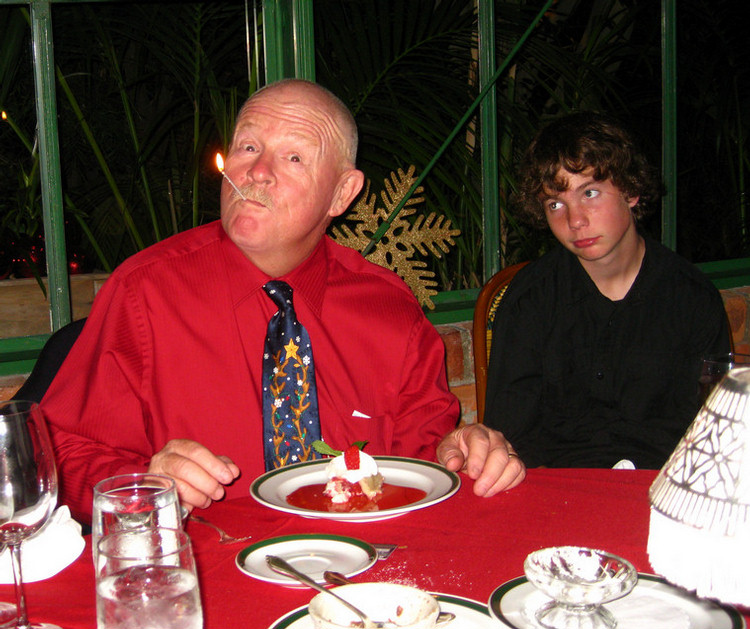

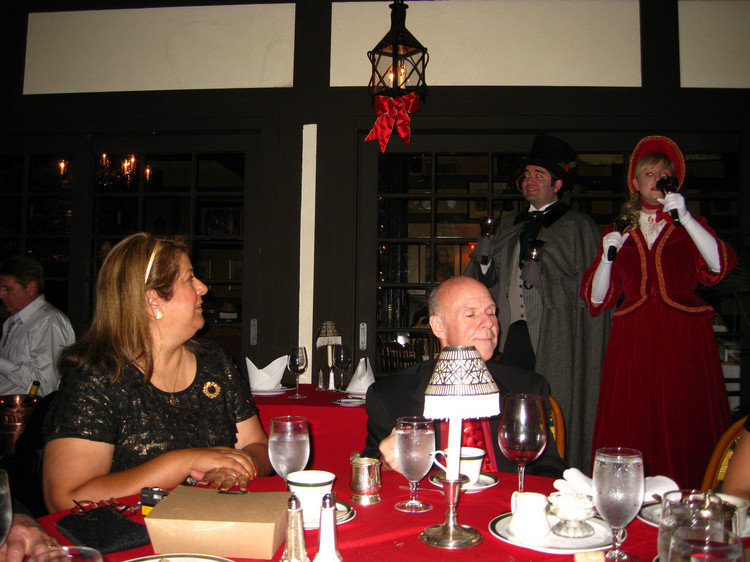
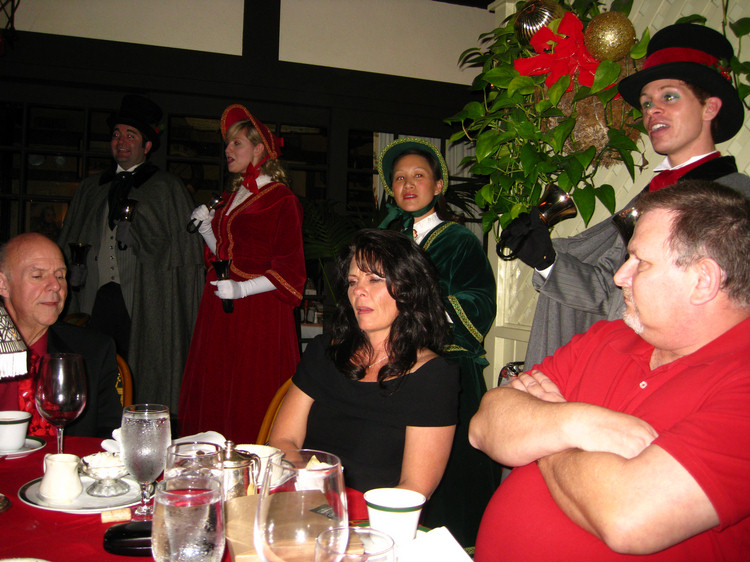


Did you know? -A corkscrew is a tool for drawing stopping corks from wine bottles. Generally, it consists of a pointed metallic helix (often called the "worm") attached to a handle. The user grips the handle and screws the metal point through the cork, entwining the cork and corkscrew so that moving one moves the other. Corkscrews are necessary because corks themselves, being small and smooth, are difficult to grip and remove, particularly when inserted fully into an inflexible glass bottle. The handle of the corkscrew, often a horizontal bar of wood attached to the screw, allows for a commanding grip to ease removal of the stopper. Corkscrew handles may incorporate levers that further increase the amount of force that can be applied outwards upon the cork.

Time to go home...
